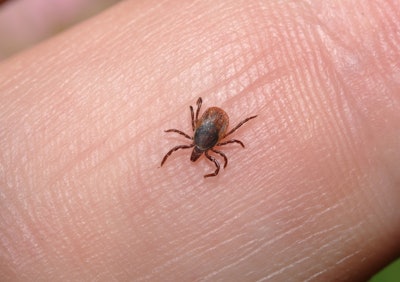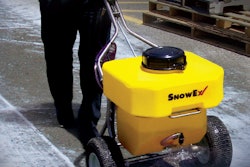
According to recent research by the Centers for Disease Control and Prevention (CDC), approximately 300,000 people are diagnosed with Lyme disease annually.
Lyme disease, also known as “The Great Imitator”, shows symptoms that mimic many other disease, which makes it difficult to diagnose.
According to Phyllis Mervine, founder and president of LymeDisease.org, awareness and prevention are two key components in combating Lyme disease.
“As a disease that leaves those affected with a lower quality of life, increased susceptibility for doctor visits, and at times, the inability to work or take part in everyday activities, families should be motivated to learn what to look for and how to prevent exposure so their families and children are able to enjoy the outdoors safely,” says Mervine.
In a recent LymeDisease.org survey, more than 40 percent of patients with chronic Lyme disease are currently unable to work, and 24 percent have received disability at some point during their illness.
To help prevent exposure and manage ticks this summer, RISE created the following checklist:
- Avoid wooded and busy areas with high grass and leaf litter.
- Bathe or shower right after spending time outdoors and conduct a full-body tick check using a mirror to see hard to reach places such as the under arms, belly button, behind the knees and on the scalp.
- Place a barrier of wood chips or gravel between a lawn, patio and play equipment, as well as any wooded areas. This will restrict tick migration into recreational areas.
- Spray the yard’s perimeter to reduce tick populations
Additional tips:
- Bathe or shower as soon as possible after coming indoors (preferably within two hours) to wash off and more easily find ticks that are crawling on you.
- Keep grass mowed, weeds pulled and leaf litter managed. Trim tree branches and shrubs around the lawn edge to allow more sunlight penetration.
- Walk in the center of trails, keeping away from bushy areas.
- Wear long-sleeved shirts, pants and a hat when outdoors. Light colors make for easy tick detection.
- Use products that contain permethrin on clothing. Treat clothing and gear, such as boots, pants, socks and tents. It remains protective through several washings. Pre-treated clothing is available and remains protective for up to 70 washings.
- Use DEET-based insect repellent applied to clothing, particularly the lower body and the arms.
- Carefully inspect your body after exiting vegetated areas. Have a buddy check the back of the head.
- Wash clothing in warm water and detergent immediately. Or, tumble clothes in a dryer on high heat for an hour to kill remaining ticks. Never throw potentially infested clothing in a hamper with other clothes or onto the floor.
- Thoroughly examine pets for ticks after walking them in wooded areas or fields. Consult your veterinarian for tick treatment products.
- To remove a tick imbedded in your skin, do not grasp it by the abdomen and pull. You may squeeze its fluids into your skin, which increases the chances for infection. Use fine-tipped tweezers to grasp the tick by the head next to the skin and slowly pull backwards. Working slowly permits the tick to withdraw its mouthparts so they do not detach and remain in the skin possibly causing infection. Once the tick has been removed, cleanse the area well with soap and water. You may want to disinfect the bite site with alcohol or apply an antibiotic cream.










